Vishalakshi Temple: The Shakti Peetha of Varanasi
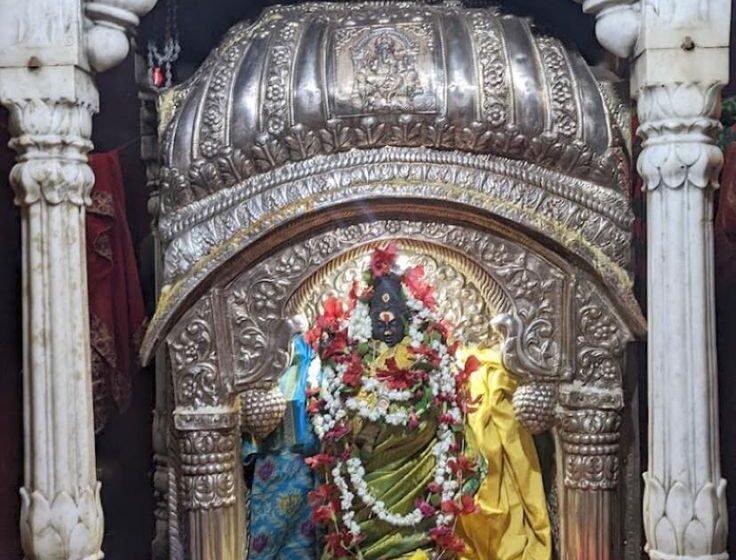
Among all the sacred places in Varanasi, there is the great Vishalakshi Temple, which is dedicated to the goddess Vishalakshi, who is the Divine Mother. This temple is one of the most important Shakti Peethas in Hinduism, where the feminine power, or Shakti, is worshipped. The temple is located near the famous Manikarnika Ghat. The name “Vishalakshi” means “The One with Large Eyes,” which signifies her all-seeing nature: the compassionate embrace where her gaze encompasses everything in the universe.
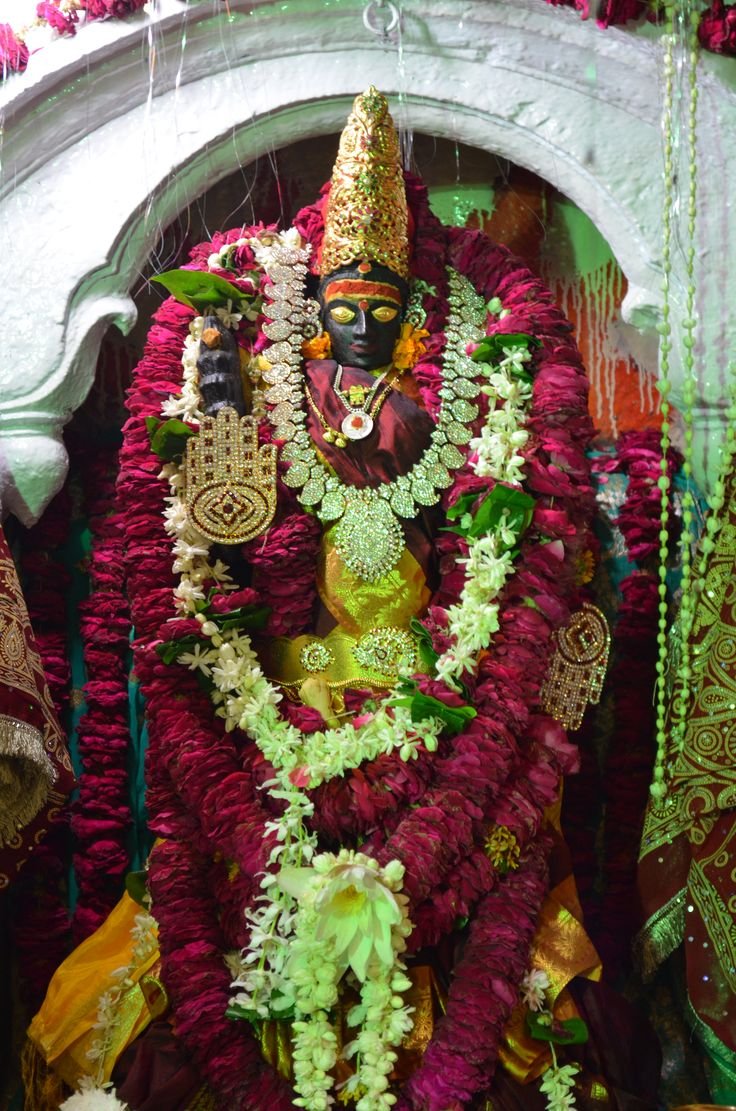
The Vishalakshi Temple attracts devotees from all over the world, particularly women, who come to seek blessings for fertility, marital harmony, and general well-being. The sanctity of the temple is further enhanced by its location in Varanasi, often regarded as the spiritual capital of India. The temple represents a confluence of mythology, devotion, and history, making it an integral part of the city’s sacred landscape.
History of Vishalakshi Temple
Vishalakshi Temple is a shrine that dates back to the ancient times of Hindu mythology, specifically to the account of the Shakti Peethas. According to legend, the Shakti Peethas were established at the sites where body parts of the goddess Sati fell after she self-immolated. Sati was the first consort of Lord Shiva who immolated herself in protest against her father Daksha’s insult to her husband. Angered and mourning, Shiva took her burnt body across the cosmos and started dancing the cosmic dance of destruction, or tandava.
In an effort to calm Shiva and restore balance, Lord Vishnu used his Sudarshan Chakra to dismember Sati’s body. Her body parts fell to the earth, creating sacred sites infused with divine energy. The Vishalakshi Temple is believed to be the location where Sati’s earrings or eyes fell, making it one of the 51 Shakti Peethas.
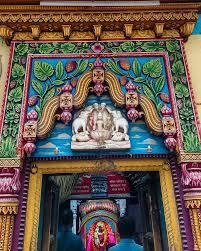
The temple has been in continuous worship for centuries. Its exact date of establishment is unknown, but it is said to have been rebuilt and renovated several times with great contributions from the local rulers and devotees. The present structure depicts the architectural styles of the medieval and modern periods in the forms of simplicity blended with grandeur that is spiritual.
The Vishalakshi Temple is also related in close vicinity to the Kashi Vishwanath Temple for Lord Shiva. It also epitomizes the inseparable coalescence of Shiva and Shakti-the feminine and masculine principles, responsible for the sustenance of the universe. Therefore, this spiritual coalesce also gives a higher footing to the importance of the temple in the religious ethos of Varanasi.
Mythological Significance of the Vishalakshi Temple
Mythologically, this temple goes far beyond its Shakti Peetha legend. Goddess Vishalakshi is believed to be a personification of beauty in the divine form, of intellect, and of compassion. Her huge eyes that observe everything are considered as eyes that witness all the pleasures and pains of her followers and calm them and guide them as well.
In the Skanda Purana, it describes the Vishalakshi Temple as a holy site that will grant liberation to anyone who worships the goddess and seeks her blessings. It portrays the goddess as a nurturing protector who provides her followers with prosperity and spiritual gratification.
Another major legend related to the temple is that it is associated with the Navaratri festival when the goddess is also worshiped as one of the nine forms of Durga. The rituals that take place during this time and the special offerings attract a mass crowd of devotees; the temple is then in full activity, filled with chants, hymns, and the fragrance of flowers and incense.
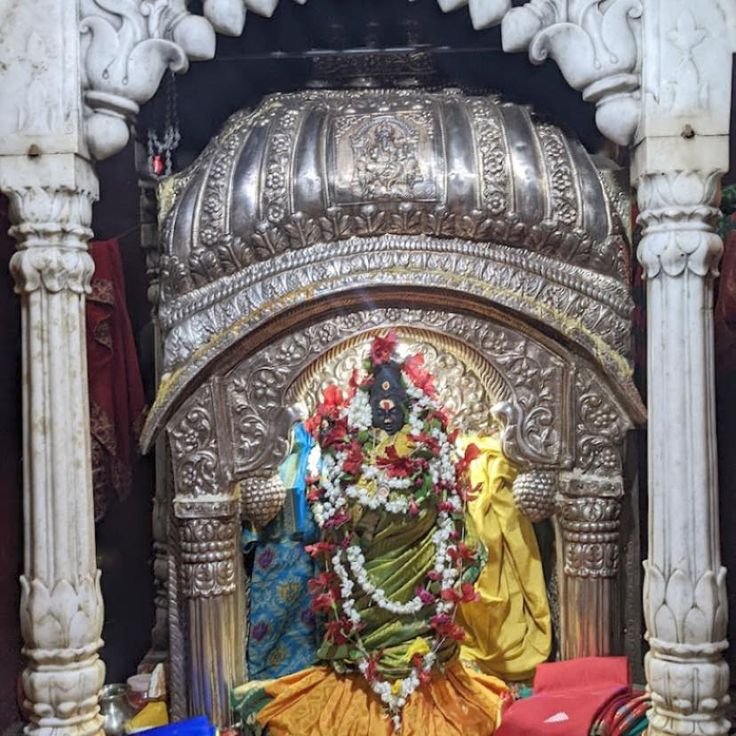
Vishalakshi is also a goddess believed to be a patron of women, and the temple is usually visited by people who wish to seek blessings for marital harmony, fertility, and motherhood. People believe that the divine energy of the goddess can transform lives, so the temple is considered a place of hope and healing.
Architecture and Features of the Temple
Though small in comparison to other major temples in Varanasi, the Vishalakshi Temple does have sanctity and warmth. Talking of the city’s spiritual simplicity, it houses this small but very beautifully adorned sanctum of the goddess. The idols of Vishalakshi are seen with large, compassionate eyes, decorated with traditional ornaments and garlands.
The temple complex is made up of other smaller shrines dedicated to other deities, which adds to its spiritual ambiance. The inner sanctum is a quiet space, ideal for meditation and prayer, while the outer courtyard serves as a gathering place for devotees. The walls of the temple are often decorated with intricate carvings and paintings depicting scenes from Hindu mythology, adding to its artistic and cultural value.
The pindi, a sacred stone icon of the goddess, adorns the temple. The pindi is her divine form, as believed; the pilgrims perform their rites by making offerings to the pindi and seeking blessings and protection from the goddess in return.
Rituals and Festivities at Vishalakshi Temple
Vishalakshi Temple is an active centre of religious activity, with rituals performed on a daily basis and specific ceremonies on certain days. The morning begins with an aarti, where priests chant hymns and offer flowers, incense, and lamps to the goddess. Often, devotees bring offerings such as coconuts, sweets, and red saris, which are auspicious gifts for the goddess.
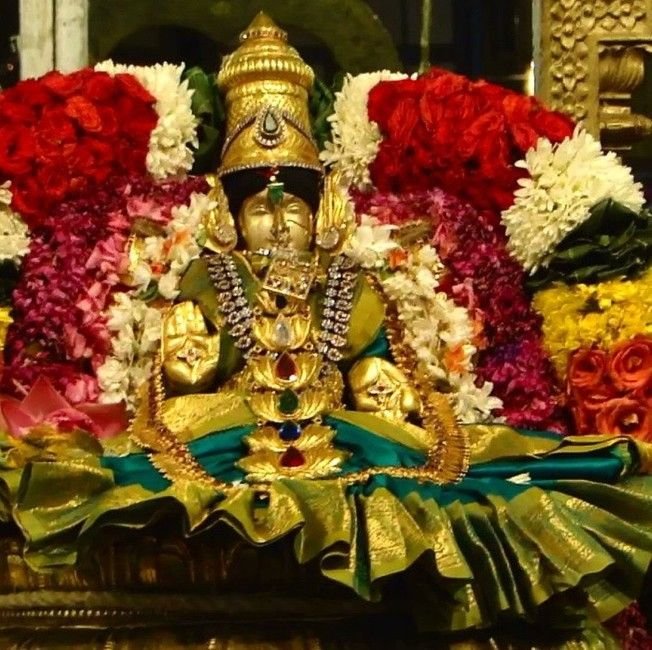
The most important function in the Vishalakshi Temple is Navaratri, the nine-day celebration in honour of the goddess Durga. The temple appears very attractive and beautiful; the elaborate rituals are celebrated for all the nine different forms of the goddess during this festival. Devotees come from all over India, and the mood is celebratory and also spiritually charged.
Other notable festivals that fall within the temple’s calendars include Makar Sankranti, Shivaratri, and local Ganga Dussehra. In every one of them, there is an imperative placed on the importance of the temple as a centre for community and religious activity in Varanasi.
The Role of Vishalakshi Temple in the Lives of Devotees
The Vishalakshi Temple is special to its devotees, especially women, who consider the goddess a source of strength and guidance in their lives. Many visit the temple with the hope of finding solutions to personal and family problems, believing that the blessings of the goddess can remove obstacles and bring peace and prosperity.
It is also a place of healing for emotions and the spirit. Devotees have spoken about getting a sense of calmness and clarity after visiting the temple as a result of the compassion of the goddess. Therefore, it is the Vishalakshi Temple has been the beacon of hope for innumerable people throughout all these centuries.
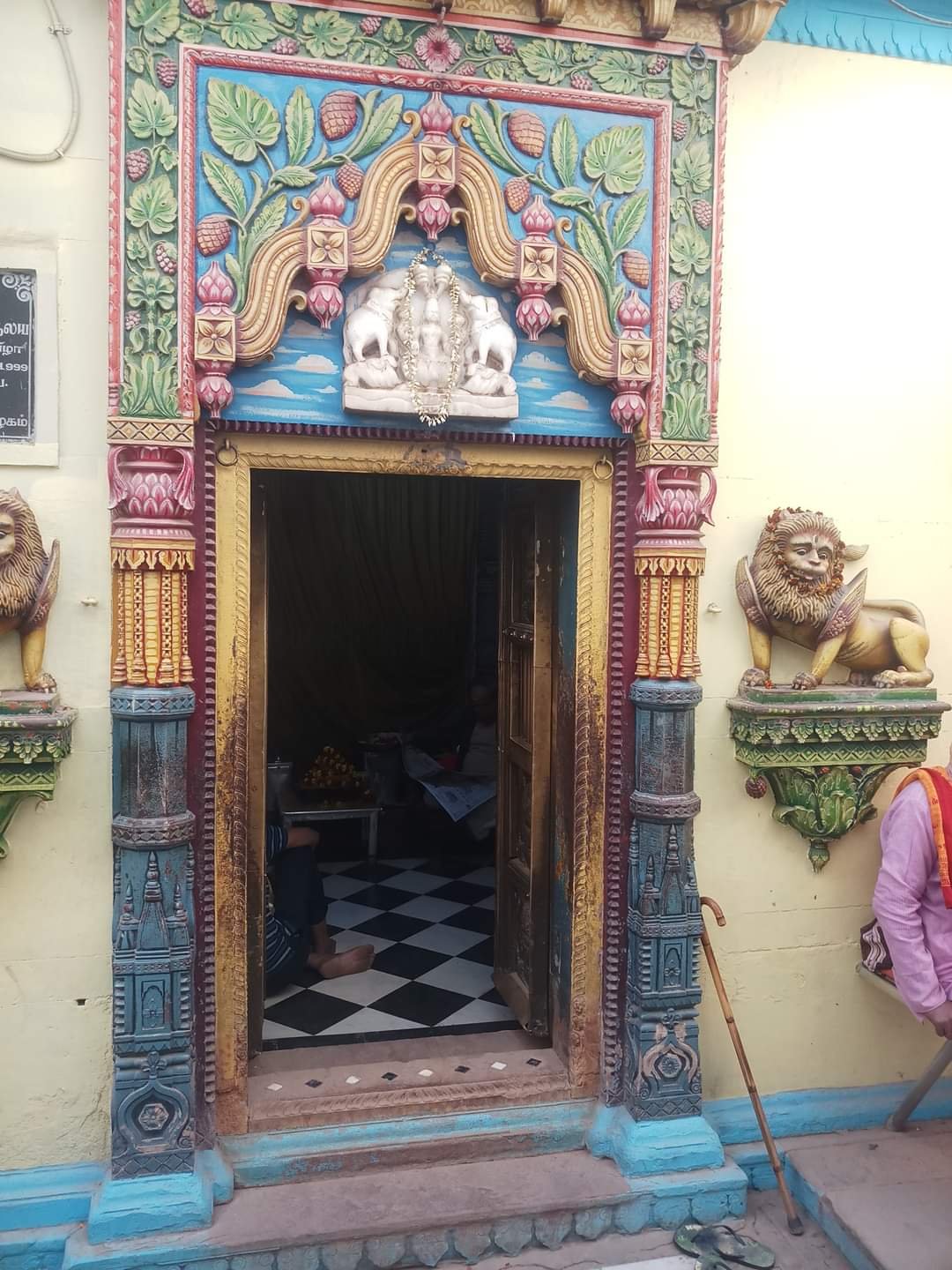
Preservation and Challenges
Like many ancient temples in India, the Vishalakshi Temple faces problems concerning preservation and maintenance. The rising number of tourists and pilgrims puts pressure on infrastructure, while environmental factors like pollution and weathering have also affected its structure.
Local authorities and religious organizations have been working to conserve the temple, focusing on restoring its architectural integrity and enhancing facilities for visitors. Public awareness campaigns have also been launched to emphasize the importance of preserving the temple as a cultural and spiritual heritage site.
Conclusion
The Vishalakshi Temple is not just a place of worship; it’s a living testament to the enduring power of faith and devotion. Drenched in mythology and history, it represents the timeless connection between humanity and the divine. For the people of Varanasi and devotees all over the world, it is a sanctuary of hope, healing, and spiritual fulfilment.
In thinking about the significance of the Vishalakshi Temple, the beauty of its structure and architecture gives importance to the faith as well as the love inspired by its devotees. So, this temple stands like grace for all those people in whom it finds uncertainty in living; it offers them great relief in the blessings of the Divine Mother.


